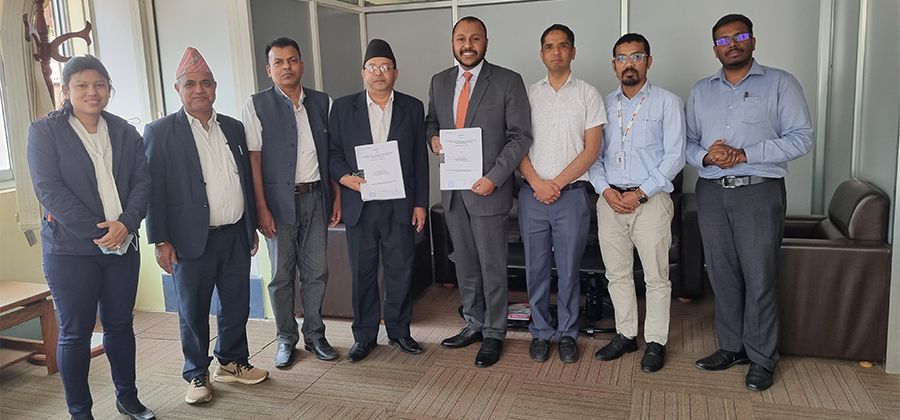A globally connected workforce of specialists, operating out of more than 40 countries
From the early pioneers on the Snowy Mountains Hydroelectric Scheme, to our leaders and innovators of today, our people make us who we are.

- About
We align specialist expertise to deliver effective, practical and sustainable outcomes
Through our network of global specialists and by collaborating with local partners, we connect you with the best teams and capabilities to deliver highly innovative and sustainable solutions.

- Expertise
- Markets
- Aviation
- Energy & Renewables
- Environment
- Hydropower & Dams
- International Development
- Ports & Maritime
- Rail & Metro
- Roads, Bridges & Highways
- Urban Communities
- Water & Wastewater
- Solutions
- Overview
- Air Quality
- Asset Management
- Business & Investor Advisory
- Building Services Engineering
- Civil & Structural Engineering
- Communication & Stakeholder Engagement
- Construction Phase Services
- Development Management
- Digital
- Energy Efficiency
- Environment and Social Impact Assessment
- Geospatial Services
- Geotechnical Investigations
- Geotechnics
- Independent Verification
- Landscape Architecture
- Master Planning
- Operational Readiness
- Operations & Maintenance
- Pedestrian Modelling
- Planning
- Project Management
- Rail systems
- Survey
- Sustainability
- Tunnels
- Training & Capacity Building
- Urban Design
- Water Sensitive Urban Design
We're committed to positively impact the individuals and communities we work with
As an organisation we are continually evaluating ways we can better provide a safe, flexible, inclusive and respectful workplace for our people and clients.

- Responsibility
Join an inclusive workplace rich in diverse thinking
People are at the heart of our organisation, we strive to create a flexible, diverse and inclusive environment that enables our people to thrive to their fullest potential.
Explore career opportunities
- Careers
-
Global
Development of Nepal’s Eastern Urban Corridor will improve the resilience and delivery of urban services and facilities in six municipalities in the southern Terai province bordering India.
The Regional Urban Development study will help facilitate more resilient and inclusive urban and regional economic development. SMEC has been appointed to undertake feasibility studies and a detailed project report, intended to guide a long-term Investment Program in the region by providing a framework for municipal infrastructure investments, urban planning, and institutional strengthening. The project is the first development study of its kind ever to be taken in the province and will be the seed for future planned studies.
The scope of the project is derived from six themes as follows:
- Identifying and developing regional infrastructure and logistics which contribute to the growth of core economic sectors, including agriculture, industry, tourism, health, and education services.
- Identifying potential areas/sites to promote local and regional tourism development.
- Implementing strategic land development opportunities
- Improving existing essential infrastructure
- Developing climate resilience measures to counter flood-related issues.
- Building technical capacity across key institutions
Stakeholders include the Ministry of Urban Development (MoDU), the Provincial Project Planning Coordination Committee (PPPCC), Department of Urban Development and Building Construction (DUDBC), Regional Urban Development Project (RUDP), provincial government representatives and delegates from designated municipalities.
 Regional Urban Development – East Urban Corridor Contract Signing
Regional Urban Development – East Urban Corridor Contract Signing


